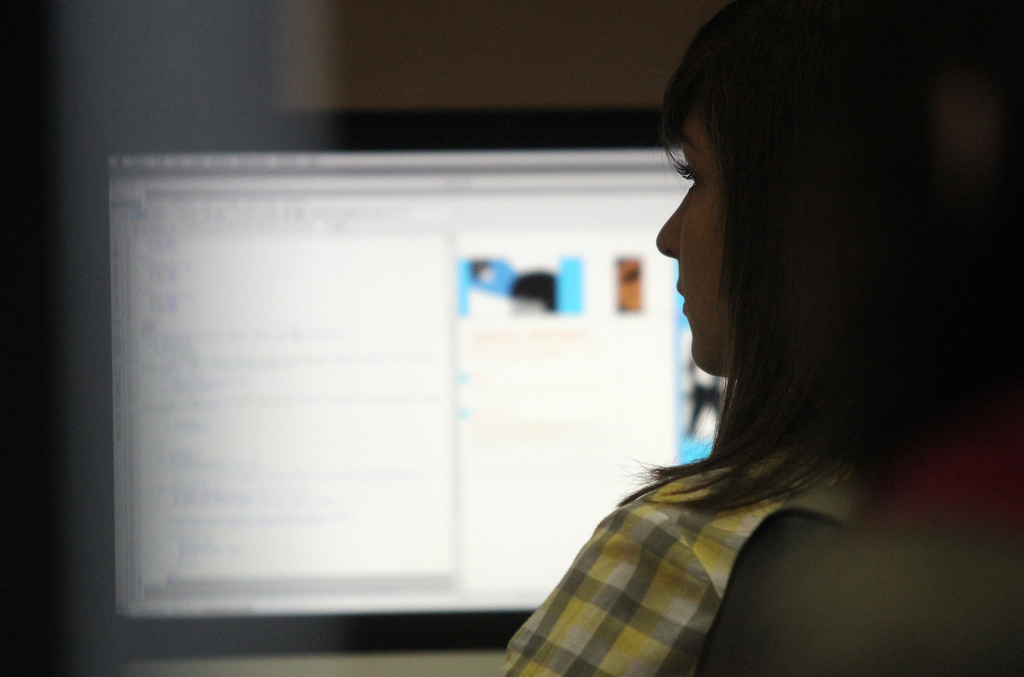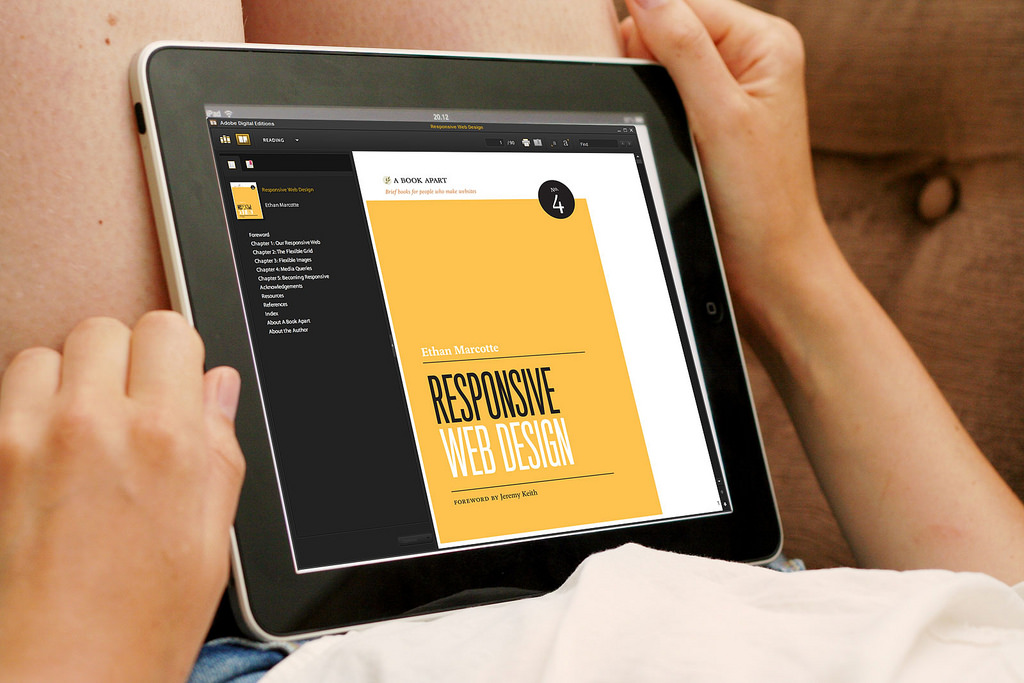It seems these days that everybody needs a website. Whether you’re in business or just trying to promote your hobby or personal brand, a website is an essential tool for getting your message out there. But website design costs money, as does the website hosting service. As a result, many people will choose to design their website themselves using online guides like youtube.com/@createwpsite at a fraction of the cost, so this can be a good option if you’re limited with the budget. For some people however this can be a daunting task, and will instead choose to hire a professional website designer to take care of it for them. This can be problematic if you are working on a tight budget, however. But the good news is that there are ways to get a good quality, professional – looking website that needn’t cost the earth, with just a bit of forward planning and preparation.
Set your budget
This is the most important first step: deciding how much you’re able to spend, and how much you want to spend. These may not be the same thing, and may in fact represent your ideal budget versus your maximum budget. Unless you get some amazing deals, your ideal budget should also be your minimum budget; don’t be tempted to cut too many corners otherwise you could end up with a website that looks unnecessarily cheap and formulaic. A bad website that isn’t fit for purpose could do you more harm than good. So decide how much you want to spend, and spend it; but spend it wisely.
Do your research
Spend a bit of time looking at other websites; particularly (but not exclusively) those dealing with a similar area to that which you intend yours to cover. Website design, trends and technology move forward rapidly, so it’s worth getting an idea of what’s out there right now. Be critical: think about what you like and don’t like, what would work for your website and what will help you stand out from the crowd.
Make a list
Actually, make two lists: features that it’s absolutely essential your website has, and features that you would like your website to have. The more preparation you do in advance, the more money you’ll save. It will also help your website designer to envisage that sort of website you want and will inspire them to get on with the job quickly.
Identify your target audience
It’s important to decide who your website is aimed at. If you’re a hobby site, then make a list of the qualities that you and your fellow enthusiasts have in common. This is quite easy, as you are your own target audience, but try to be objective and dispassionate. If your website is for your business, then think about who your customers are and what they are likely to respond well to. The chances are you’ve already done this kind of market research into demographics like age, gender, income bracket and so on, but it’s worth going over it again and applying the results towards making the design of your website appealing.
Choose your platform
Now we’re getting down to the technical nitty-gritty. There are many different platforms available for your site. Some are more expensive than others, and some, like Wix and WordPress, offer free services with the option of paid-for upgrades. Be aware that you get what you pay for, and that if you opt for a completely free platform without any paid-for add-ons then your options are going to be fairly limited. Nevertheless, with a bit of imagination and flair it’s possible to make a website on a free platform pretty eye-catching, and so long as you don’t need it to do too much in terms of bells and whistles it should be perfectly serviceable. Consult your list of essential features to find out if your favored platform is up to the job.
Themes
Your website themes are the basis of your design. They set the tone and give you a color palette to choose from. This is when you need to think about your target audience. Free themes are available, but may be over-familiar or not that exciting; those that aren’t so familiar may be underused for a reason. Remember that you want your website to be clean and uncluttered, for ease of use and also search engine optimization.
Pictures
An image is worth a thousand words, but the wrong choice of picture or photo can put as many people off as the right choice will draw them in. Getting unique professional photos and images produced can be expensive, but there are a wide variety of excellent stock photos available, either free or at low cost. It’s important that you choose the right company to source your images from: Dreamstime’s stock photos include a great selection of arresting images suitable for a broad range of different sites.
Content
You know what you want your website to say, so write it down yourself. Even if you get a professional writer to re-write the body text, getting the basics down in advance, and saving them as a word document, will save you both time and money. It will also ensure that your website conveys the right message about your company or interest and that you aren’t misrepresented.
Special effects
If you’re working to a tight budget, don’t bother with anything too fancy. Most people visiting your website will be doing so for a specific reason, and won’t want to be distracted by a flashy loading page. Spending money you don’t have on the latest effects is unnecessary and can even be counter-productive. Let the site speak for itself and make sure that people can find what they’re looking for as quickly as possible without having to navigate a stream of pop-ups and flashing video clips that may seem corny and outdated within a few months.
There are many ways to bring your website design in on budget, but the ultimate objective should always be getting the website that’s right for you. Once you’re clear about your objectives you can use free, off-the-peg models in some areas while paying a bit more in others, in order to find the combination that best represents your brand. Once your website starts making you money you may be able to upgrade and improve in order to stay ahead of the game.



